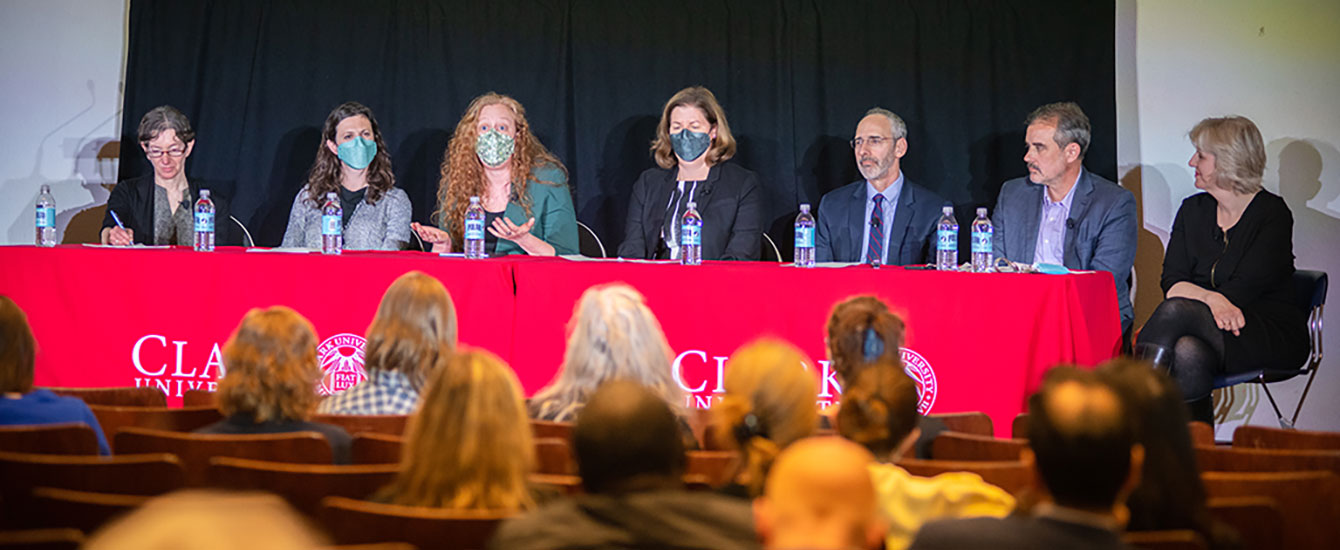Political Science
Primary Election Timing and Voter Turnout
Document Type
Article
Abstract
There has been substantial disagreement about the "best"time to hold primary elections, yet there is little evidence about the effects of different election dates. This article represents the first attempt to utilize a newly assembled dataset covering primary and general elections from 1984 to 2016 to assess the consequences of primary election dates on voter turnout in primary elections to the U.S. House of Representatives. We find that primary turnout decreases as the cycle progresses. While we find little support for the century-old argument that turnout will dip in the summer months, we do uncover patterns consistent with the argument that the relationship between primary timing and turnout may be conditioned by voter interest in other races on the ballot. Specifically, when House and presidential primary races appear on the same ballot, turnout in House primary elections in both parties peaks in the spring and declines through the summer and fall. However, when these primaries occur non-concurrently, turnout in Democratic primaries increases slightly over time, while turnout in Republican primaries remains constant or slightly decreases over the course of the election cycle. These partisan differences, we speculate, may corroborate recent arguments about differences in party culture.
Publication Title
Election Law Journal: Rules, Politics, and Policy
Publication Date
12-2020
Volume
19
Issue
4
First Page
472
Last Page
485
ISSN
1533-1296
DOI
10.1089/elj.2019.0583
Keywords
congressional elections, election dates, primary elections, voter turnout
Repository Citation
Boatright, Robert G.; Moscardelli, Vincent G.; and Vickrey, Clifford D., "Primary Election Timing and Voter Turnout" (2020). Political Science. 43.
https://commons.clarku.edu/faculty_political_science/43



